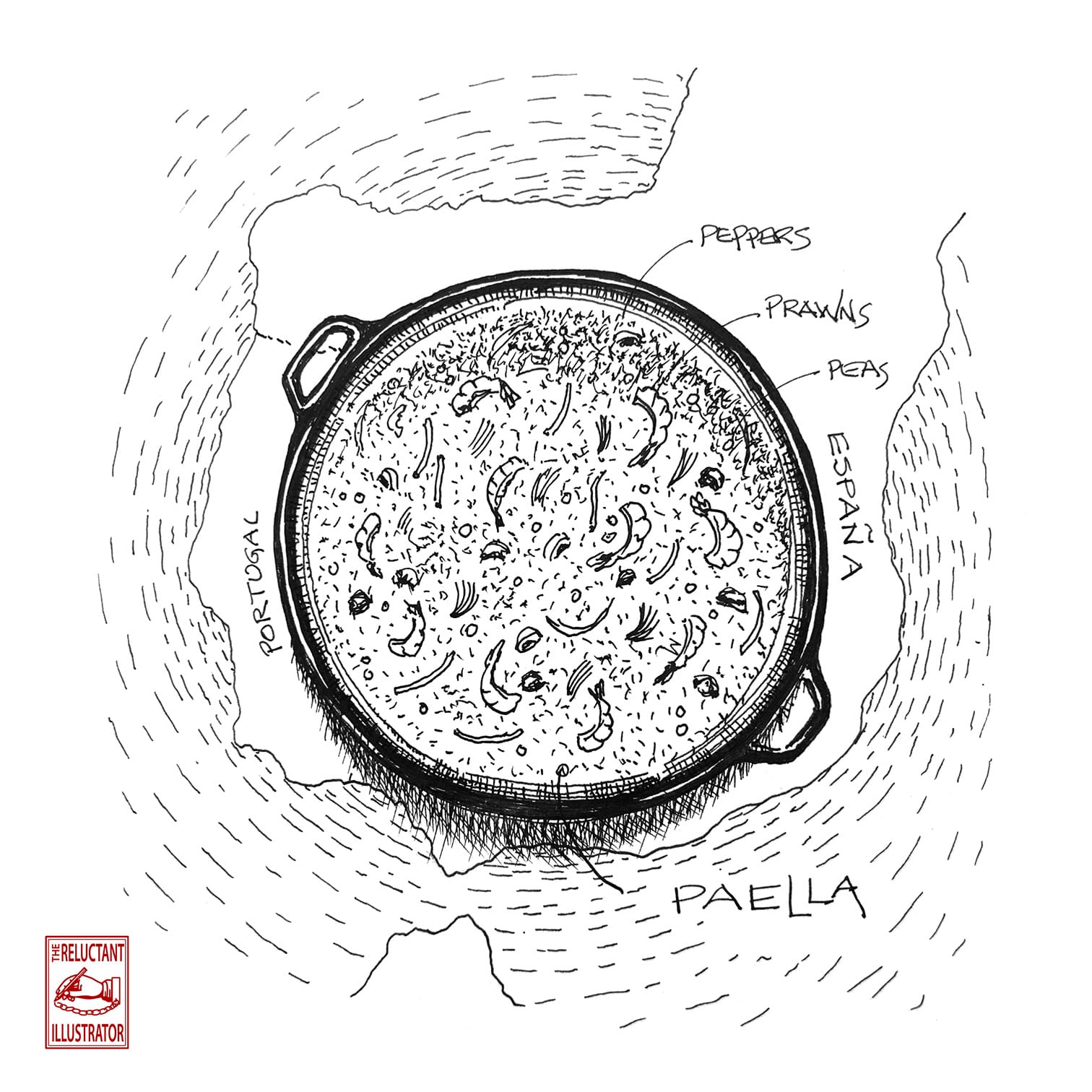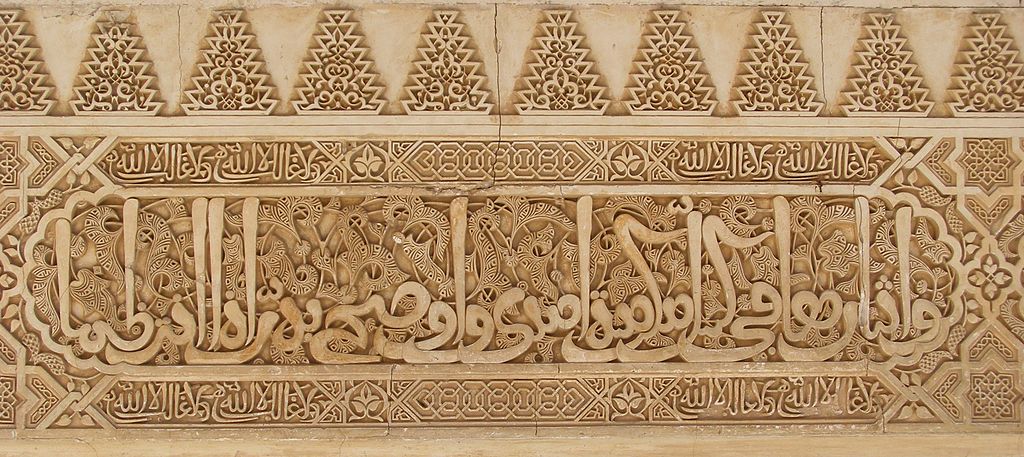P

P is for Paella.
Paella is the product of a different colonial influence and history – that of the Arabs who traversed North Africa and crossed the gap to Spain. Al-Andalus (الأَنْدَلُس) was the name of the Iberian Peninsula colonized by the Moors.

Paella has two prominent components that can be attributed to the Moors: rice and spices. The Moors brought rice into Spain and implemented it into a variety of dishes...
However, one of the most important impacts Moorish influence had over Spanish food was not necessarily introducing a new food to the culture, but rather, finding a way to cultivate an already prominent food.
Can I have Some Moor? A Look at Moorish Influence on Spanish Cuisine. Leigh Ann Copeland

The Hybrid.
Arab colonialism differed from Western colonialism in its legacy of integration and hybridity – a history of cultural confluence that generated something different. The Arab influence in North Africa produced multiple hybrid cultures.

In Kenya, the slow evolution of Arab influence along the coast was driven by the seasonal monsoons which flow southwesterly and then northeasterly. The Arab Dhows followed these trade winds to the coast of Africa and back along a yearly seasonal cycle.
The Monsoon Dhows.
Sailors have harnessed the Indian Ocean’s monsoon winds for at least two millennia. The Swahili term “dhow” encompasses a diversity of sailing ships, from coastal fishing boats to ocean-going vessels. Dhows drew the cosmopolitan urban communities of Indian Ocean world together. The seasonal patterns of monsoons meant that sailors would stay in distant ports for months at a time. They took sojourns in the cities of east Africa and the Horn, the Arabian Peninsula, Persia, India, and beyond to China, Sumatra and Java. Dhow routes created intricate loops of cultural exchange – gold and cotton, migrants and merchants, and marriages that tied together people from distant lands. Indian Ocean cities and their citizens continue to reflect the long duration of this cultural dynamism.
Smithsonian National Museum of African Art - Sailors and Daughters

Swahili is perfect example of this hybrid - both a hybrid population and a new language grew out of the mix of Arabs and the Bantu of East Africa. The annual passages of Arabs back and forth evolved a new coastal culture and gave rise to exotic places like Mogadishu, Mombasa, Malindi and island populations of Pemba, Zanzibar, and Lamu.
Lamu
While visiting Lamu, I watched a dhow being built and had the fortune of an invitation to an excursion with the Master Builder. We travelled in a little boat through the mangrove forests, his eyes scanning the trees for the curved elements that would be harvested for the timber ribs of the dhow. Searching for 'prefabricated' ship parts that were hidden within the curves of a mangrove's trunks and branches was poetic and remarkably clever.

Lamu was also famous for intricately carved doors to family homes. Their elaborateness was a testament to a family's importance in the community. Most of the original doors are long gone now, stripped out and ported off to England to represent a different kind of status of a different kind of colonialism.
P is also for Patience.
As always, thanks for reading and indulging!

Member discussion